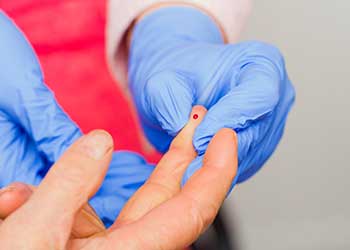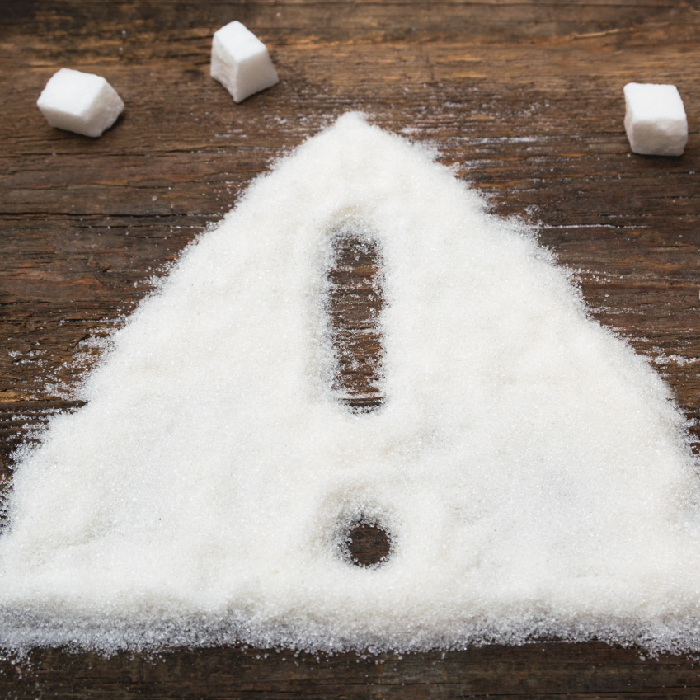The universal method of testing glucose for people with diabetes is pricking your finger to draw blood, and using the blood for the measurement. However, it’s also been thought that this method isn’t necessarily the best way to get an accurate reading even though it’s the best we have, perhaps till now. Researchers believe that using blood plasma or serum could lead to a more accurate showing of what a person’s blood glucose is, or at least what an animal’s blood glucose is.
The researchers come from the University of Pennsylvania School of Veterinary Medicine and their study included readings from 80 dogs and 65 cats. They use two instruments of measurement: a biochemical analyzer and the more traditional glucometer. There are some pretty extensive differences between the two devices, such as the analyzer requires two milliliters of blood when the glucometer only requires 0.6. The analyzer also takes five minutes to calculate a reading, a far cry from the almost instant results the glucometer yield. Researchers used both blood plasma and blood serum in their study. When red and white blood cells are removed you are left with blood plasma, and when the clotting factors are removed you are left with blood serum.
When the blood plasma and serum were tested both instruments came out with very similar results and were more precise than the reading that whole blood provided. The researchers believe it’s a potentially groundbreaking result and has even resulted in Penn’s Ryan Veterinary Hospital located in Philadelphia, PA, to change their glucose testing practices singularly because of these results, and the hope is that the same accurate readings this method provided for animals can be translated into human glucose testing.
Source: University of Pennsylvania





